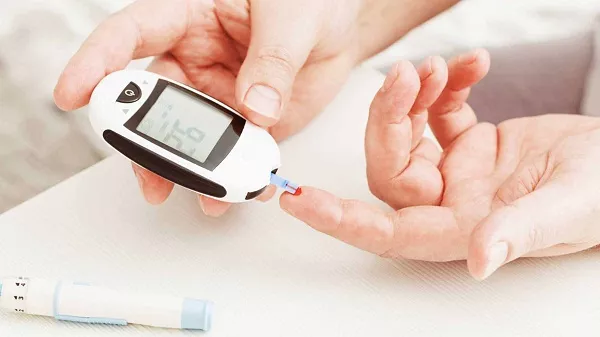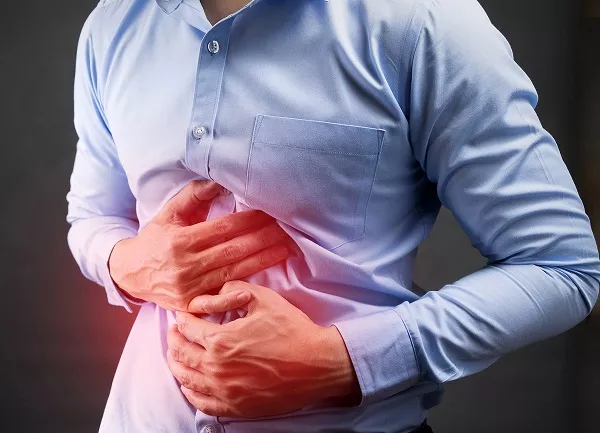Exposure to constantly changing weather conditions and temperature extremes will undoubtedly have a major impact on our health. Add noise and air pollution in the mix, and the resulting stress will surely put our health at serious risk. All these factors are experienced by public utility vehicle (PUV) drivers on a regular basis, which puts them at risk. Philkotse.com lists down the common health dangers among PUV drivers.
1. High blood pressure or hypertension
Hypertension or high blood pressure is one of the most common health problems experienced by PUVs drivers. Blood pressure is defined as the measured force of blood against your artery walls. Some of the factors that influence the onset of hypertension are age, family history, obesity, smoking, a high sodium diet, and a sedentary lifestyle.
What makes PUV drivers susceptible to hypertension? It’s the lack of physical activity since they spend most of the time in a seated position on account of their job. The resulting rigors of life behind the wheel for a living often leads them to drink and smoke, which exacerbates the problem.
Hypertension shouldn’t be taken lightly, because it can lead to a higher risk of chronic conditions like kidney disease, stroke, heart disease, and eye damage.
Although these are serious ailments, there are things a PUV driver can do to minimize the risk of high blood pressure, such as regular exercise, proper diet, moderated alcohol consumption, and stress management.

High blood pressure or hypertension is one of the most common health problems experienced by drivers
>>> Read more: 3 driving habits that can cause cancer and other health problems
2. Diabetes
Diabetes is also a disease common to PUV drivers. It is a condition wherein the body is not able to properly convert sugar into energy. In people with normal blood sugar levels, glucose is transferred to the blood, where it is converted into energy and used by the body’s cells through the hormone insulin, produced by the pancreas.
In patients suffering from diabetes, either one of two things happens: the body cannot produce insulin on its own (Type 1), or the produced insulin is insufficient to allow the glucose to be transferred into the bloodstream (Type 2).
PUV drivers are at risk of diabetes primarily because of their diet: all those extra rice they consume at lunch, coupled with soda and energy drinks they use to stay awake while on the road, compounded by a lack of physical activity to consume all that sugar.

Diabetes is also a common disease to drivers, especially drivers of public utility vehicles
Risk factors for diabetes include:
- Obesity
- High blood pressure
- Family history or genetics
- Low levels of high-density lipoprotein (HDL, also known as the good cholesterol)
There are several ways to minimize the risk of diabetes, which includes a balanced diet, reduced sugar intake, and regular exercise.
3. Muscular-skeletal health issues
Because drivers are seated for most of the day (and night), they typically endure fixed positions that are aggravated by the mental and emotional stresses of motoring, such as dealing with unruly passengers, heavy traffic congestion, and reckless fellow drivers.
This weakens their body overall, which makes them more susceptible to stiffness, fatigue, muscle, and joint pain. In case a driver doesn’t have the time to commit to a regular exercise regimen, occasional stretching exercises can be used, especially during breaks.

Long driving can weaken the overall body
4. Sleep apnea
Another common health issue faced by PUV drivers is sleep apnea, where the upper airway collapses while the patient is asleep. This causes the airways to be blocked, depriving the body of oxygen, resulting in shortness of breath which interrupts the patient’s slumber.
This is dangerous since drivers without adequate rest are at risk of compromised reflexes and reduced mental alertness, which can lead to accidents.
The risk of sleep apnea is increased by several factors, the most common being obesity. Large neck circumference is also said to have narrower airways. Frequent consumption of alcohol or sedatives can also contribute to sleep apnea as these substances relax the throat muscles.
Smoking is a factor as well, which leads to inflammation and fluid retention in the upper airway. And since most PUV drivers are men, gender also plays a part, with males being two to three times more likely to have sleep apnea than women.

Sleep apnea interrupts sleep which results in dangerous driving fatigue for drivers
When a PUV driver experiences these symptoms, it’s best to consult a doctor as soon as possible. Usually, doctors perform an overnight laboratory test to better diagnose if a person has sleep apnea.
>>> More tips on long driving: Long Drive: 12 Essential Things to Carry with You
For patients with a confirmed diagnosis, applying nasal positive pressure is an effective treatment, where a device is used to provide a stream of pressurized air to the airways, prevent them from collapsing.
Again, a major way to minimize sleep apnea is a change in lifestyles, such as limiting tobacco and alcohol intake and maintaining an ideal weight for one’s height and age with regular exercise or physical activity.
5. Gastrointestinal and digestive disorders
PUV drivers are susceptible to gastrointestinal, digestive and even urinary disorders due to the nature of their job: imagine spending long hours behind the wheel, plying routes with hardly any time to eat proper meals or go on bathroom breaks.

It’s very common for drivers to develop peptic ulcers because of the nature of their job
This results in ulcers, dehydration, and urinary tract infections. Regular hydration is a must for PUV drivers who frequently drive under the hot sun.
Aside from keeping them refreshed throughout the day, it also helps in flushing out toxins that have accumulated within the body and keeps the driver alert, as well as being useful in taking the edge off hunger pangs by neutralizing stomach acids.
More importantly, PUV drivers must adhere to a schedule for essential activities, such as meals and bathroom breaks. While nobody disputes the importance of earning a living, there’s nothing more important than making sure the body has ample opportunities for nourishment and to expel waste from the body whenever necessary.
>>> Visit Philkotse.com to catch more helpful advice on car ownership.
Recent posts
- Men vs Women: Who are better drivers? May 14, 2019
- [FOR FUN] Filipino car driver stereotypes: Who are you? Apr 25, 2019
- 5 must have skills & qualities to be a good truck driver Oct 28, 2019
- Best in-car entertainment ideas to fight boredom while in a long drive Oct 31, 2017
- How much can you earn per month as a Grab/Uber driver in the Philippines? Oct 14, 2020












